New Wind Energy Record Set in Texas
October 20th, 2011 by Zachary Shahan
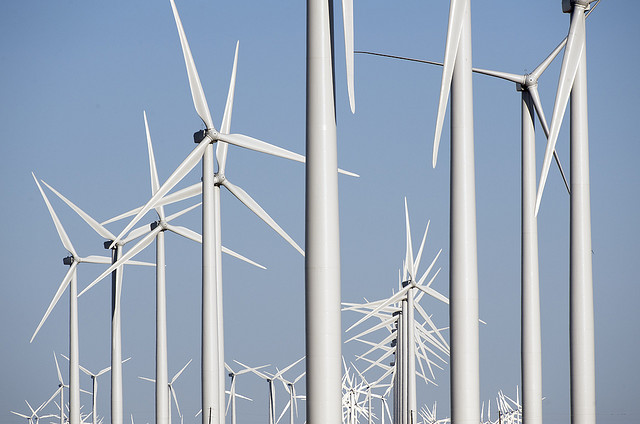
Wind turbines in Texas, in the service territory of the Electric Reliability Council of Texas (ERCOT) — which is the main Texas electric grid — set a new electricity output record on October 7, it was reported this week.
The record? 15.2% of ERCOT’s electricity demand was supplied by wind on the afternoon of the 7th — 7,400 megawatts (MW).
“This new record set by wind on the main Texas grid is good news for consumers,” Michael Goggin, the America Wind Energy Association’s (or AWEA’s) Manager of Transmission Policy, said.”Wind generation offsets the use of expensive fossil fuels, is pollution-free, and uses virtually no water, unlike other sources of electricity.”
Wind’s tremendous water advantages (especially important with record-breaking heat and droughts hitting Texas and the Southwest, and stronger droughts projected in the coming decades, one of the long-predicted effects of global warming), is something we’ve covered a few times on CleanTechnica.
Wind energy being the cheapest option for new electricity in most regions of the world is another.
Clearly, this is not just us clean-energy lovers noticing these advantages, but the conservative state of Texas is, as well. ERCOT reports that wind energy “represents nearly 58 percent of all new generation seen in planning stages over the next few years” in Texas. Wow.
More from AWEA’s Goggin:
“…this is yet another case showing that large amounts of wind energy can be integrated into existing utility systems reliably.
“Texas is already the national leader in wind power. The number of wind turbines and wind farms there and in other windy states across America is continuing to grow and shows the success of stable federal tax policies, starting with the Production Tax Credit for renewable energy.
“Wind power is delivering cheap electricity to ratepayers in hard economic times, and it’s hard to overstate the benefits of that far-sighted tax policy.”
I imagine it won’t be too long before we see this record broken again.
Photo Credit: ![]()
![]() Some rights reserved by danishwindindustryassociation
Some rights reserved by danishwindindustryassociation
Keep up to date with all the hottest cleantech news by subscribing to our (free) cleantech newsletter, or keep an eye on sector-specific news by getting our (also free) solar energy newsletter, electric vehicle newsletter, or wind energy newsletter.


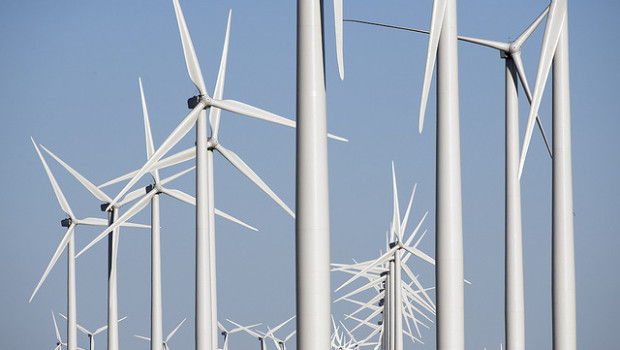












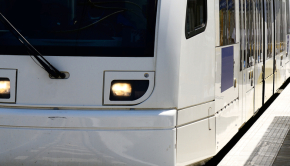
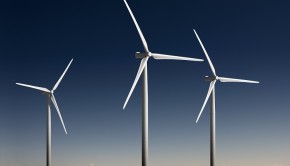
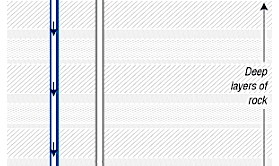









Pingback: Weekly Links 10-27-11 | New England Clean Energy Council | Blog
Pingback: Texas Wind Power to Double by 2013 | CleanTechnica